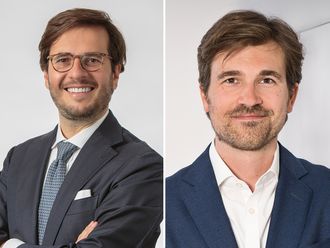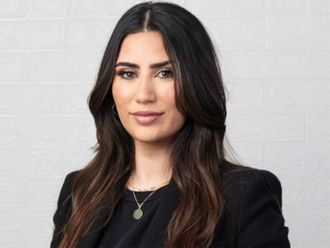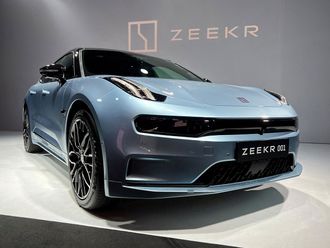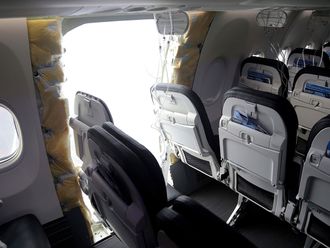A mega-project called the “North-South Corridor” between Iran, Azerbaijan and Russia has become central to a new axis of power currently forming at the crossroads of south-east Asia and southeastern Europe. At over 7,2000 km or 4,500 miles long, the North-South Corridor” is a $400 million (Dh1.5 billion) train route that could potentially move goods from Mumbai to the Iranian port of Bandar Abbas and, further on, to Baku. From there, the route could pass over the Russian border into Astrakhan, before going onto Moscow and St Petersburg, then onward into Europe.
Given the costs and the number of transit states involved it’s a risky venture. Originally planned in 2008, the project is quickly progressing; railway connections between Iran and Azerbaijan are under construction and are already connected into the Russian system. The project is crucial to the ambitions of all three powers, for different but related reasons. As Iran seeks to find ways to expand its influence in a post-sanctions reality, trade and physical infrastructure projects are increasingly being used alongside religious soft-power in states such as Lebanon, Syria and Iraq to forge alliances, create new centres of influence, and contain or bypass potential economic and military competition.
Meanwhile, West-backed projects such as the Kars-Akhalkalaki-Tbilisi-Baku railway — which launched in 2015 and is mainly used to transport goods to European consumers — are bringing the idea of an East-West economic corridor closer to reality, undermining Russia’s economic clout in the region. Azerbaijan is a key energy supplier to Europe, and is planning to deliver an additional 10 billion cubic metres of gas per year from its Shah Deniz gas field to European markets, on top of the 9 billion cubic metres it already provides.
Over the past year, Iranian business investment has been flowing into Azerbaijan. Russia accounts for 80 per cent of the dollar value of the country’s arms imports, with Azerbaijan the second largest buyer for military imports in Europe.
There has been talk of Iran and Azerbaijan joining the Russia-led Eurasian Economic Union; signalling a desire to move Azerbaijan closer to a Iran-Russia orbit, and away from trans-Caspian projects with the West. Once a reliable US ally and partner, Azerbaijan is enthusiastically pivoting into this new role as a conduit between a more assertive Iran and a more confident Russia. This is in part a result of opportunism, but also a reaction to what has been regarded as Washington’s failure to address radicalisation in the broader Caucasus region, and President Obama’s criticisms in regard to Aliyev’s treatment of the political opposition.
Iran has moved in to fill the vacuum; Iranian President Hassan Rouhani and President Ilham Aliyev have met seven times, over the course of the past two years. There are an estimated 450 Iranian companies operating in Azerbaijan.
Trade turnover between the two countries increased by 70 per cent over the past 12 months, according to Baku’s deputy economy minister. By triangulating itself at the centre of a relationship between Iran and Russia, Azerbaijan has also used development the North-South Corridor as a way to isolate its neighbour Armenia.
The train route will not pass through Yerevan. Both Azerbaijan and Armenia have a claim over the disputed Nagorno-Karabakh region. Yet in a clear signal of Moscow’s strategic priorities, Russia is continuing arms sales to Azerbaijan despite flare-ups in the disputed territory in February, and a common defence pact with Armenia known as the “Collective Security Treaty”. As presidential candidates in the US debate the role of infrastructure in boosting economic development, it’s clear that for Iran, Russia and Azerbaijan the North-South Corridor is a way not simply to open up new markets, but to bypass western competitors and create the conditions for an energy and security architecture based on independent — but mutually reinforcing — foreign policy goals.
The result will be a more economically assertive “Greater Iran”, the continued presence of Russia in the Caucasus, and a growing trade with China and south-west Asia over the next decade.
The writer is a Research Associate at the American University in the UAE and a Non-Resident Fellow at the International Centre for Risk Assessment.












